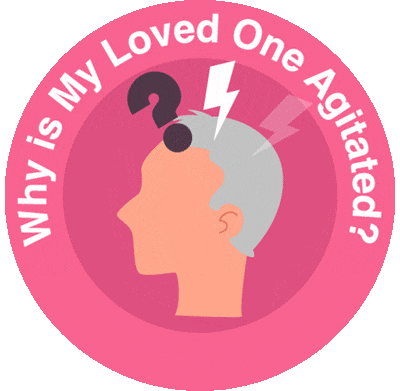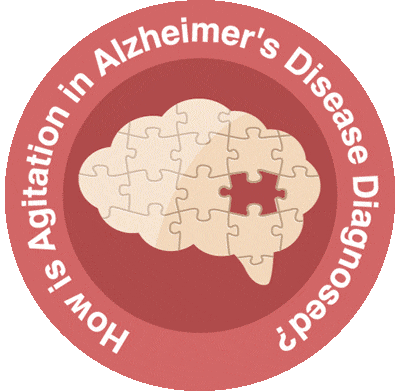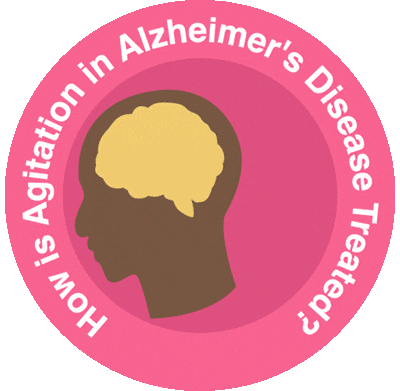
Patient Toolkit
Alzheimer’s disease, or AD, is more than simply the loss of memory. It is a complex condition driven by numerous changes in the brain, including in chemicals called neurotransmitters that enable brain cells to communicate with each other.
Changes in the brains of people with Alzheimer’s disease affect these neurotransmitters, leading to disturbing changes in your loved one’s behavior. This is called agitation in Alzheimer’s disease, or AAD. Many caregivers find agitation to be one of the most challenging and distressing effects of the disease.1 It is quite common, affecting up to 80% of those people with Alzheimer’s disease. 2–4
In this toolkit, you’ll learn about agitation in Alzheimer’s disease (AAD), why it happens, and what non-medical and medical treatments are available.
References
- Pinyopornpanish K, Soontornpun A, Wongpakaran T, et al. Impact of behavioral and psychological symptoms of Alzheimer’s disease on caregiver outcomes. Sci Rep. 2022;12:14138 (2022).
- Carrarini C, Russo M, Dono F, et al. Agitation and dementia : Prevention and treatment strategies in acute and chronic conditions. Front Neurol. 2021;12:644317.
- Jones E, Aigbogun MS, Pike J, Berry M, Houle CR, Husbands J. Agitation in dementia: Real-world impact and burden on patients and the healthcare system. J Alzheimers Dis. 2021;83:89-101.
- Senanarong V, Cummings JL, Fairbanks L, Mega M, Masterman DM, O’Connor SM, Strickland TL. Agitation in Alzheimer’s disease is a manifestation of frontal lobe dysfunction. Dement Geriatr Cogn Disord. 2004;17:14-20.








